
Hiking For Beginners: 11 Essential Tips
Hiking for beginners can be intimidating, but there's really not much to it. You don't need any special skills to hike; you just have to be able to walk and know where you are. It's a great way to immerse yourself in nature, get a good workout in, and recharge your batteries. This guide will give you some essential hiking for beginners tips to make your hike safe and fun.
- How to get ready for your first hike
- Beginner hiking tips, etiquette, and hacks
- Reader Q&A
0. Leave No Trace
If you read nothing else, please read this.
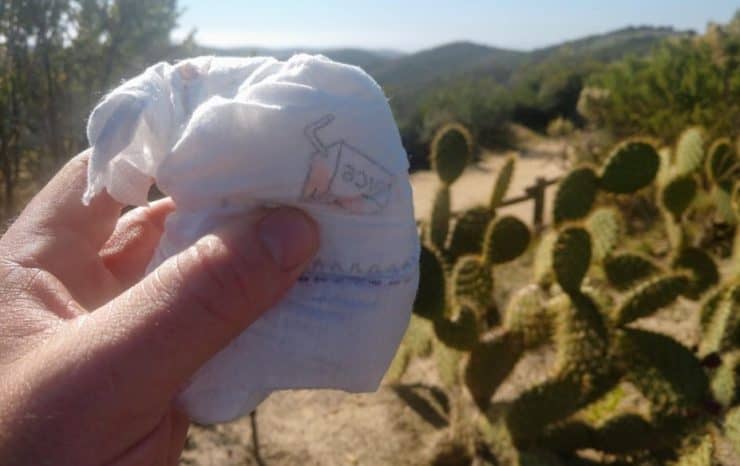
Whatever you do or don't do, please have respect for the hike and other hikers. In a nutshell that means:
- Don't litter or throw fruit peels.
- Don't leave the official trail.
- Don't disturb the environment around you (breaking branches, etc.).
- Be considerate of other hikers (no loud music, etc.)
The outdoors is experiencing a resurgence, which is great, but there are also some ugly downsides. Be a champion of the outdoors and a steward of nature. If we can all use the trails responsibly and vote for those who support the outdoors, it means more funding for parks and trails, which means more hiking options for all of us. If we leave more empty water bottles and poop bags on the trail, trails will close. You can read more about the leave no trace principles here.
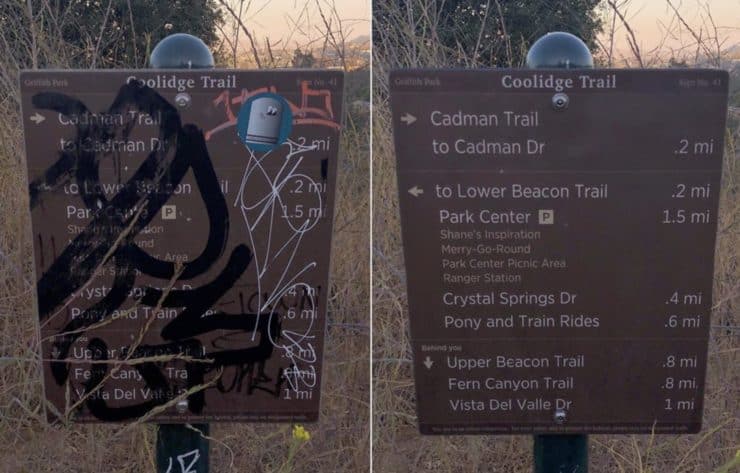
1. Pick A Hike for Beginners
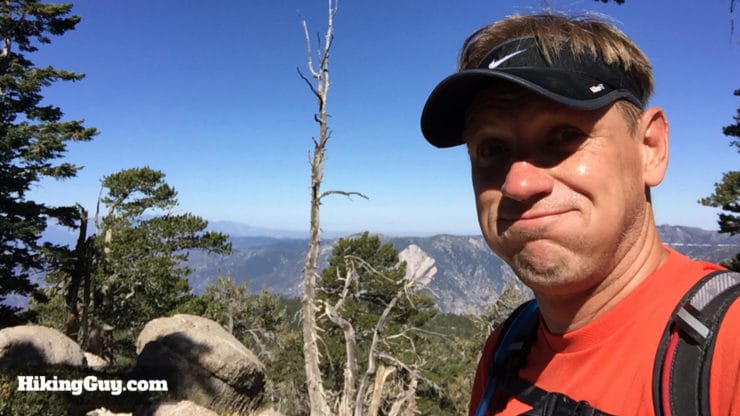
The biggest mistake beginners make is overdoing it. They pick a hike that's either too long or has too much climbing. If you're just starting out, pick a hike under 5 miles with minimal climbing. If you want to do a longer hike, make a training plan in advance. Do an extra mile or two each week and build up to your target distance.
Don't forget to look at the total climbing on your hike. A flat 5 miles is much different than 5 miles straight uphill. If you are doing a hilly or mountainous hike, read my guide on mountain hiking.
There are a ton of great resources to find a trail. This website has many beginner-friendly trail guides. You can also visit sites like GaiaGPS, or AllTrails. If books are your thing, there are great hiking guidebooks out there as well.
You're going to want to get familiar with the hike before you go. Read the trail guide, know what to expect, where the turns are, and how long it should take you. You don't have to memorize anything. You should just have a good idea of what to expect.
2. Pick Hiking Gear For Beginners

The nice thing about beginning hiking is that you don't really need any special gear, you can probably get away with things you already have.
Let's start with clothing. A typical mistake hiking beginners make is wearing jeans and regular clothes, which will get heavy and chafe wif they get sweaty or wet. Wear wicking workout clothes, which are designed for being active. Long pants or tights are good for making sure your legs don’t get scraped up on bushes along the trail. Likewise, long sleeve shirts will protect you from the elements, but you can roll up the sleeves when it’s hot.
Shoes are also important. A good pair of sneakers or trail runners is usually your best bet. If you have an old pair of hiking boots in your closet, it might be better to leave them behind if you haven't worn them in a while, they could cause blisters.
Next on the list would be a backpack, water (bring more than you need), snacks, and extra layers. Be prepared for rain, or for the temperature to go up or down.
If you want to dive deeper into what to bring, I recommend reading these articles:
3. Understand Your Map
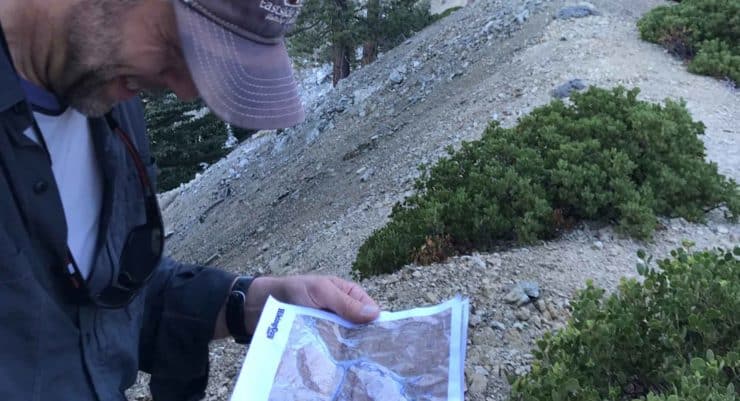
Understanding where you are and where you are going is key to enjoying your hike. A combination of electronic navigation and paper is a good route for hiking beginners.
To start, print out the hiking guide and map. If it's raining, throw them in a Zip-Lock bag. Read over the guide, study the map, and have a good idea of what to expect. I like to know what my next landmark is as I hike. For example, I'll read the guide and know that say, in a mile, I make a right turn at the junction. Having this in my head keeps me aware of the next move.
I also load a GPX file onto a GPS device. A GPS can pinpoint your location using satellites. The good news is that most smartphones have GPS built in these days. The bad news is that most smartphones are easy to drop, shatter, get wet, etc. so you can't rely on them. But they are good to have a backup. Here's what I do.
I download a GPX file (basically a file that has a line on a map) load it onto my GPS units (yes, I have more than one). An easy way for a hiking beginner to do it is by downloading an app such as GaiaGPS or AllTrails. These apps have many hikes already shared and loaded by other other hikers. You can also upload a GPX file to them (which you can download for all the hikes on my site).
When you use an app, you'll also want to make sure you download the maps for offline use. This ensures that you have the map even when you don't have a cell phone connection. And here's one last tip. Put your phone in flight mode before you hike. When a phone goes out of cell tower range, it drains a ton of battery by searching for a signal. Putting it in flight mode (with GPS or location services on) saves your battery. The help pages for the apps I mentioned will show you how.
So how should a hiking beginner use the GPS? Use it as a backup. Try to use your guide and maps to navigate, and then confirm your location by making sure you're on the GPX line on your app.
Here's some more articles that you can dive deeper into:
- How to Read a Topo Map
- My navigation gear recommendations
- The best affordable, outdoors-ready dedicated GPS
- Creating your own hiking routes for your GPS
- Demystifying Your GPS
4. Time It Right
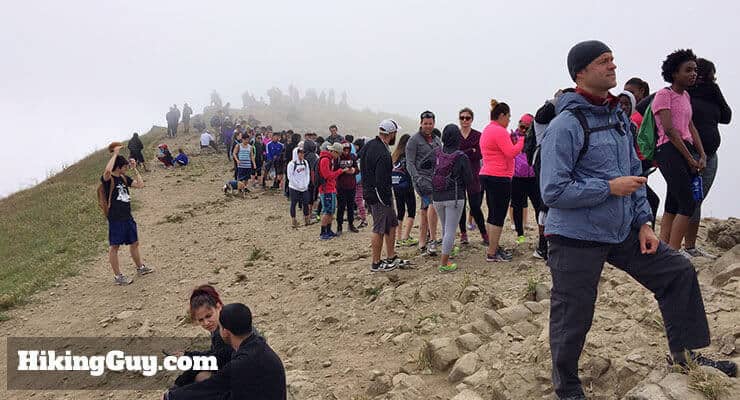
First, I highly recommend that you start your hike as early as possible. The later you leave it, the more crowds there will be. Conversely, if you're scared to hike alone and want other people on the trail, leave at a popular time. It might be harder to park, etc. but you'll have company.
Second, check the weather. If you're hiking to a mountain top, check the conditions on the mountain with a website Mountain-Forecast.com.
Last, check the park website and Twitter feed before you go. Sometimes parks and trails get closed for whatever reason. Nothing like driving to a hike only to find out that it's closed.
5. Two-Minute Prep Session
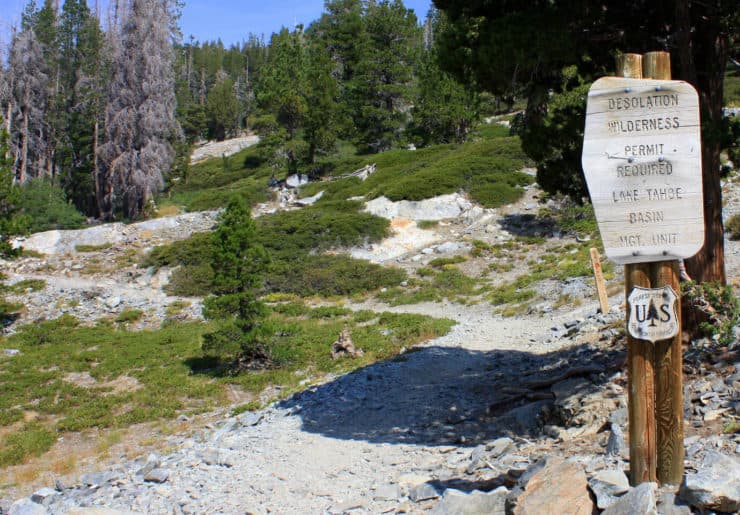
Every hike requires a little prep work, even if it just takes a few minutes.
A few trails require a permit (always mentioned in my guides). If you're not sure whether you need one, a call to the park office will clear it up. They're often free and obtainable before your hike.
And this might seem like common sense, but you need to check the weather before your hike. If the weather looks bad, wet, crazy, you should do the hike on another day. And be aware that the weather conditions on mountains can be drastically different that the closest town. For example, it can be 72F in Mt Baldy Village with a blizzard on the summit of Mt Baldy.
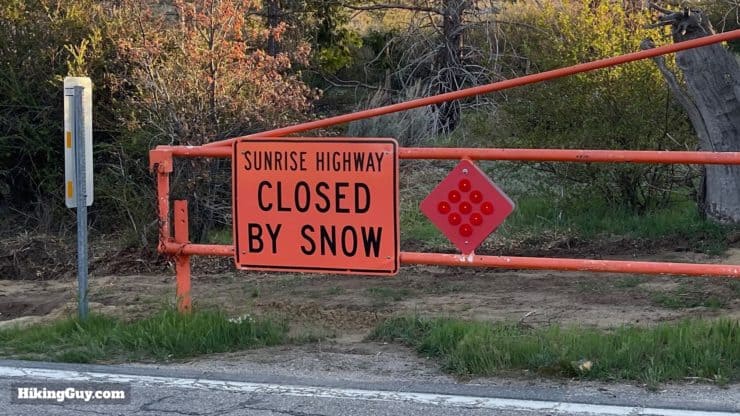
It doesn't hurt to give the park a call before you leave as well. Just call, tell them what hike you're doing, and ask if all the trails are open. I've made the mistake of driving a few hours to a hike, only to find the trails closed for repair. Sometimes trail work or bad weather can change conditions. If you can't get through to a human, check the park's Twitter feed for closure information.
6. Tell Someone
Here's another great tip that's easy and could save your life. At the very least, tell someone where and when you'll be hiking. It can be as simple as sending a text message with the hike webpage and note that you'll be back at a certain time. If something bad happens, this will increase your chances of being found dramatically. You can also get very detailed with this nice worksheet that the LA County Sheriff's Department put together.
If you get an InReach device, you can even leave a breadcrumb trail of where you are hiking so that friends and family are able to follow in real-time.
7. Hiking Is Not a Race

Remember the story about the turtle and hare? In hiking, steady is better than quick. I often see beginners starting a hike with a really fast pace, only to blow up later. Conserve your energy, especially on a long hike. You never know what situation you'll have to use your energy on later. For example, if you get lost or take a long trail, you'll need energy to correct it. It's a matter of safety. Plan on finishing with some juice in your tank.
Likewise, if you're hiking in a group, stay with the group. I've led hiking groups where a few people just took off from mile 0. If you're hiking together, stay together. If you do decide to split up in groups, plan on intervals (such as trail junctions) where the group will reform. There's nothing worse that not knowing where some of your party are on the trail. It's a sure-fire way to not make it to your destination or turn a day hike into a night hike.
Hiking at a comfortable pace is also a great way just to soak it all in. Enjoy the outdoors, enjoy the fresh air, keep your eyes open for wildlife, and have fun.
8. Watch Your Feet
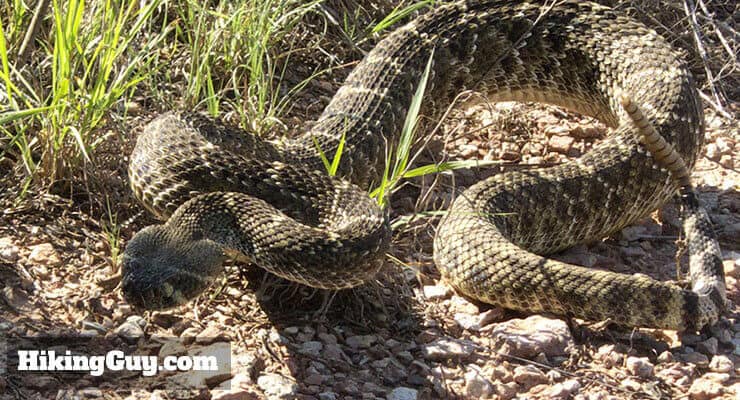
This one might sound obvious but you'd be surprised at the number of people who need to be rescued because of a twisted ankle. The biggest risk you generally have on an easy hike is stepping in the wrong place. This could mean twisting your ankle, slipping on a rock, tripping on a root, or worse, stepping on some poisonous wildlife. Just be conscious of where you are walking, especially if you are chatting, tired, or wearing headphones.
9. Don't Fear Getting Lost
If you think you're lost, the first thing you need to do is stop. Take a look at your guide and see if anything sounds or looks familiar. If not, just backtrack until your surrounding match what's described in your guide.Getting lost hiking is something that happens to the best of us all the time, and is not a big deal. Backtracking solves the problem 99% of the time.
However, if you backtrack for a while and still don't recognize anything, stop. See if you have a cell phone signal and try calling 911. You can also try texting to 911, which is available in some areas. If you have a GPS rescue beacon, now's the time to hit the button. You can also try yelling HELP at regular intervals. If you are in an area that's open, hang any bright clothing for aircraft and spell out HELP with sticks and rocks on the ground. If you're cold, simply piling dead leaves on top of you will keep you warm. People have lasted 7-10 days without water, 60-70 without food. Again, a GPS rescue beacon is a wise investment.
10. Learn Hiking Etiquette For Beginners
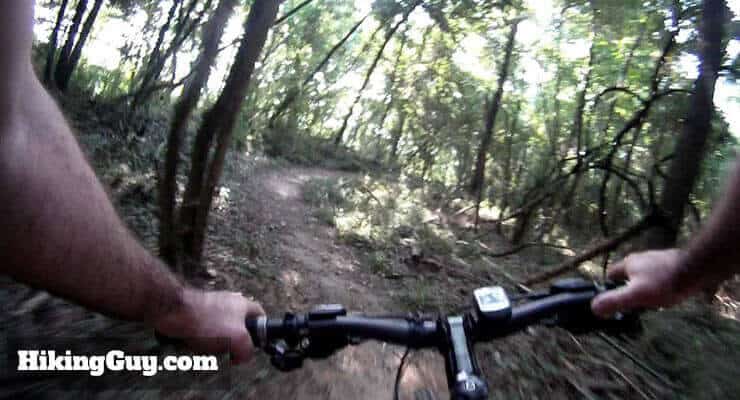
Here are some tips on how not to be a bozo out on the trail.
- A hiker going uphill has the right of way, unless they stop to catch their breath. If you’re on a flat section, just be courteous and move to the side allowing the hiker(s) to pass.
- If someone is hiking up behind you, stop and let them pass.
- Say a simple "hello" when you pass other hikers. On more remote trails, or when hikers are few and far between, a quick chat about what conditions to expect is pretty common. However, if you don’t feel comfortable around another hiker, just keep moving and play it safe.
- If you’re with a friend or group of hikers, keep conversations down so that the hiker who is 100 yards behind you (that you can’t see) doesn’t have to hear about how bad your work week was. And if you’re talking loudly on your cell phone, just expect other hikers to consider you jerk.
- Music is okay if you use headphones. Music is not okay when you play it from your phone's speaker. People hike to connect with nature, not the Billboard pop charts.
- Keep your dog Leashed Dogs Allowed and under control. I love dogs but some people have a legitimate fear of them, especially larger ones. Respect other hikers right to enjoy the trail without fear.
- Stay on the trail. Sometimes you will see short cuts. Unless they are official trails, stay off of them. Same goes for puddles and mud. The proper thing is to go through puddles (wear hiking boots), and not widen the trail by going around them. This helps protect the fragile habit around the trial.
- Take your trash out with you. I just stuff my wrappers in my back pocket. You'd be amazed at how many CLIF bar wrappers, water bottles, and banana peels that I have seen on the trail. Just because a banana peel can decompose does not give you a reason to leave it on the trail. BTW banana peels take about a month to decompose.
- Yield to bikes and horses. Technically bikers are supposed to yield to hikers, but usually bikes are moving quickly and it’s easy enough to stop and let them pass. When it comes to horses, that one is pretty much common sense, just step to the side and let them pass.
11. Share Your Experience
First, let someone know that you're back and safe.
Then share your pictures on social media. The more folks that are outside enjoying the outdoors, the more support and awareness there is. Use popular hashtags like #hiking, #hike, #trailchat, #hikerchat, and #52hikechallenge to connect with other hikers. Make hiking a habit and see your life improve. The 52 Hike Challenge and the Six-Pack of Peaks are great places to start.
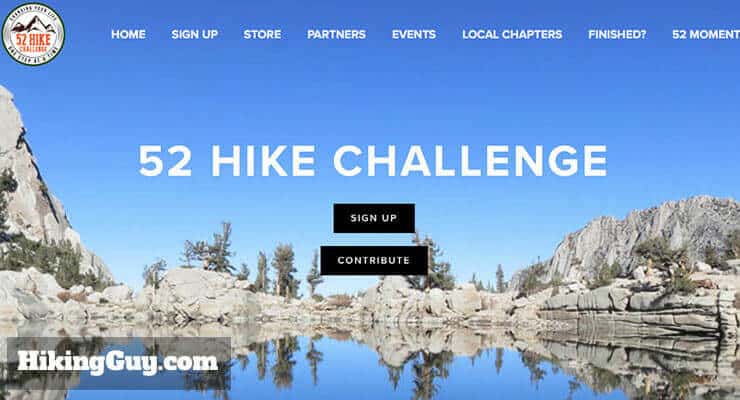
If you have questions or want to meet other hikers, I recommend searching Facebook or Reddit for hiking groups in an area near you.
Hiking For Beginners Q&A
“The one who asks questions doesn’t lose his way.” – African Proverb
Is it safe to hike alone?
Yes. But you should do what you feel is comfortable for you. I hike alone quite a bit and don't have any problems.
There are tons of Meetup groups that go hiking, so if you want company, give that a try. If you want to hike with your dog, my trail guides list the policy on dogs too. There are also a ton of hiking clubs that you can contact for group hikes.
What if I have to go to the bathroom?
Try to go at an 'official' bathroom. I list them in my trail guides.
The only exception to the ‘stay on the trail’ hiking rule is when going to the bathroom. Go far enough away that hikers on the trail can’t see you (about 200 feet is a good guideline). And try and go somewhere that you’re not trampling plants, etc. If you’re doing anything more than peeing, dig a hole with one of these and go in there. If you’re going to the bathroom in a barren area where there is a strict carry-in, carry-out hiking rule, you go in a WAG bag.
Will animals attack me?
Probably not. If you are traveling in bear country, bring bear spray. It also works on humans and mountain lions. In general, animals stay pretty clear of humans. You have a better chance of winning the lottery.
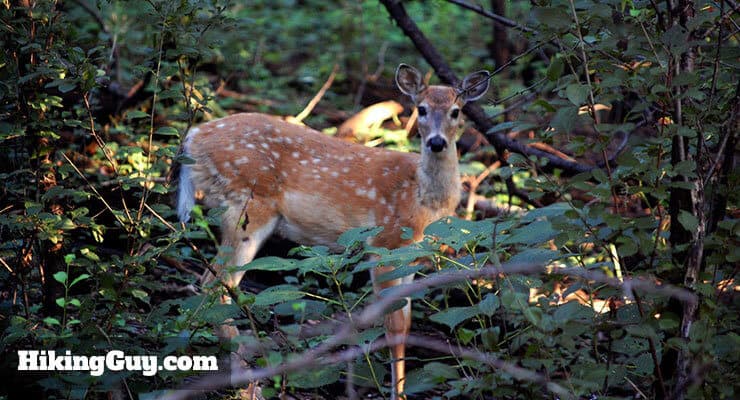
I love hiking, how to I learn more?
If you have an REI near you, they're a great place to take outdoors classes and meet other hikers. A subscription to Backpacker magazine can also be useful and inspirational.
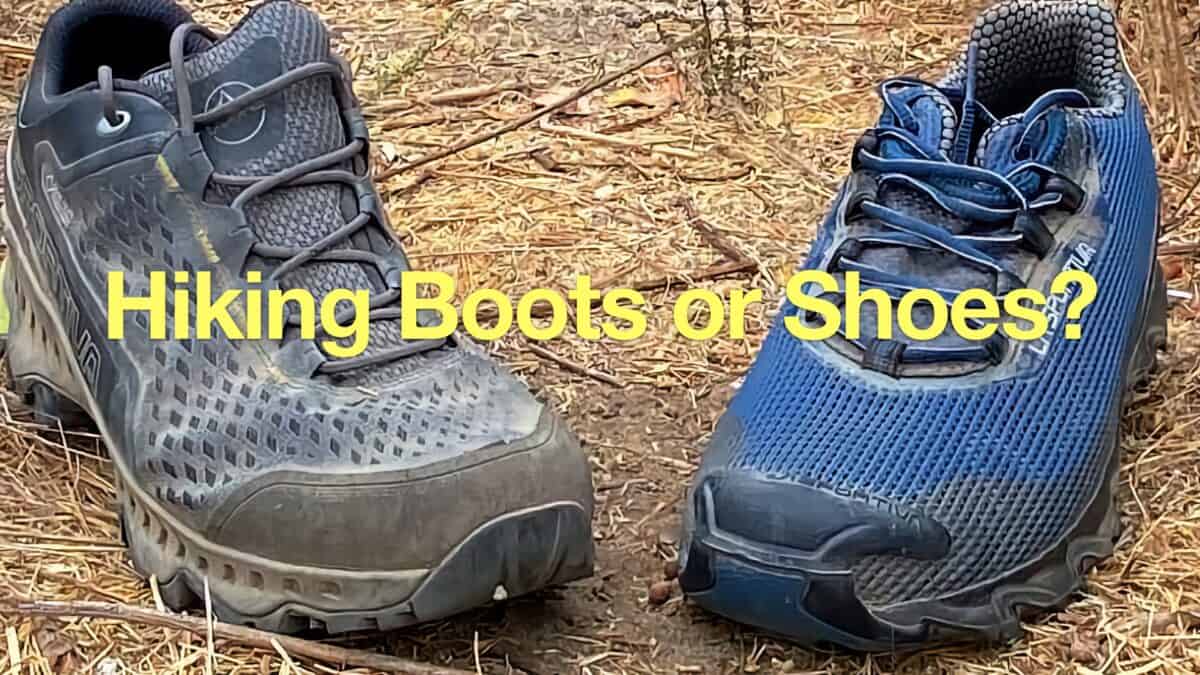 Hiking Boots or Shoes: Do I Really Need Hiking Boots?
Hiking Boots or Shoes: Do I Really Need Hiking Boots?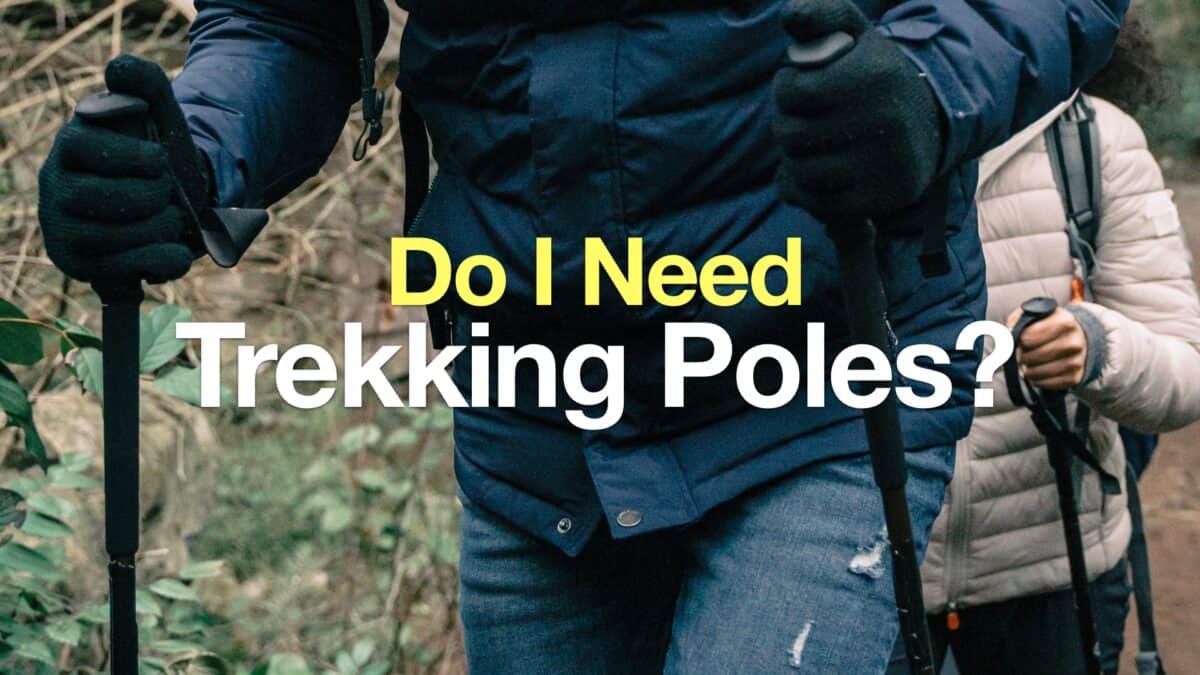 Do I Need Trekking Poles?
Do I Need Trekking Poles?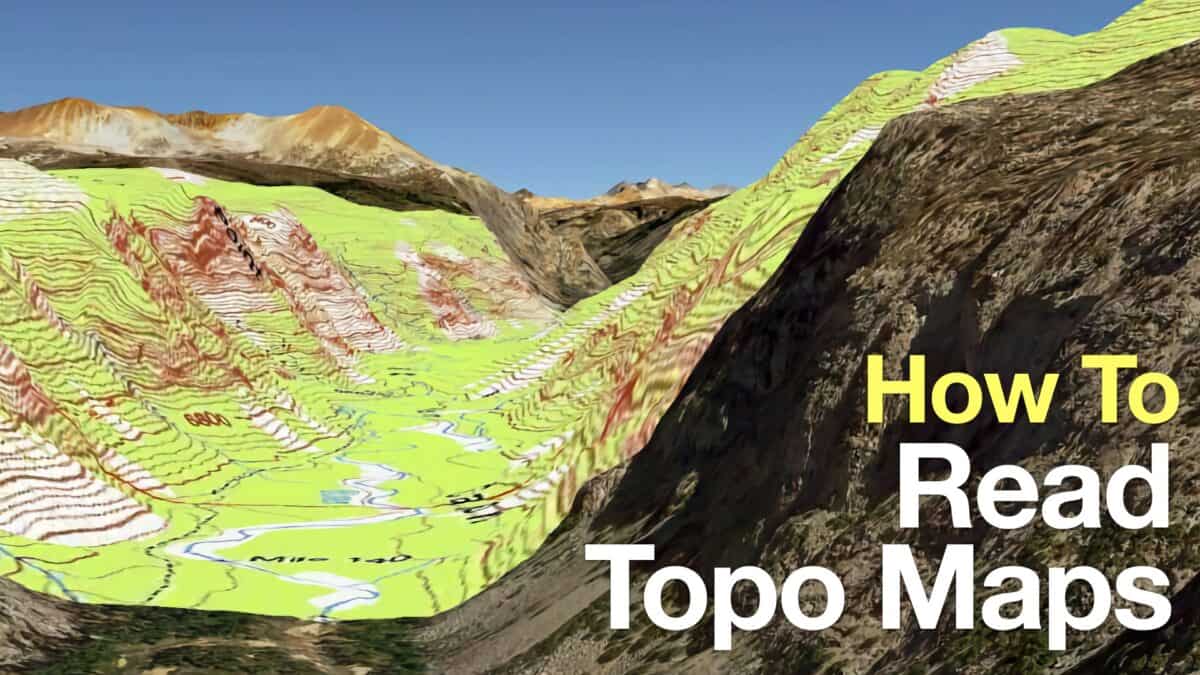 How To Read a Topographic Map
How To Read a Topographic Map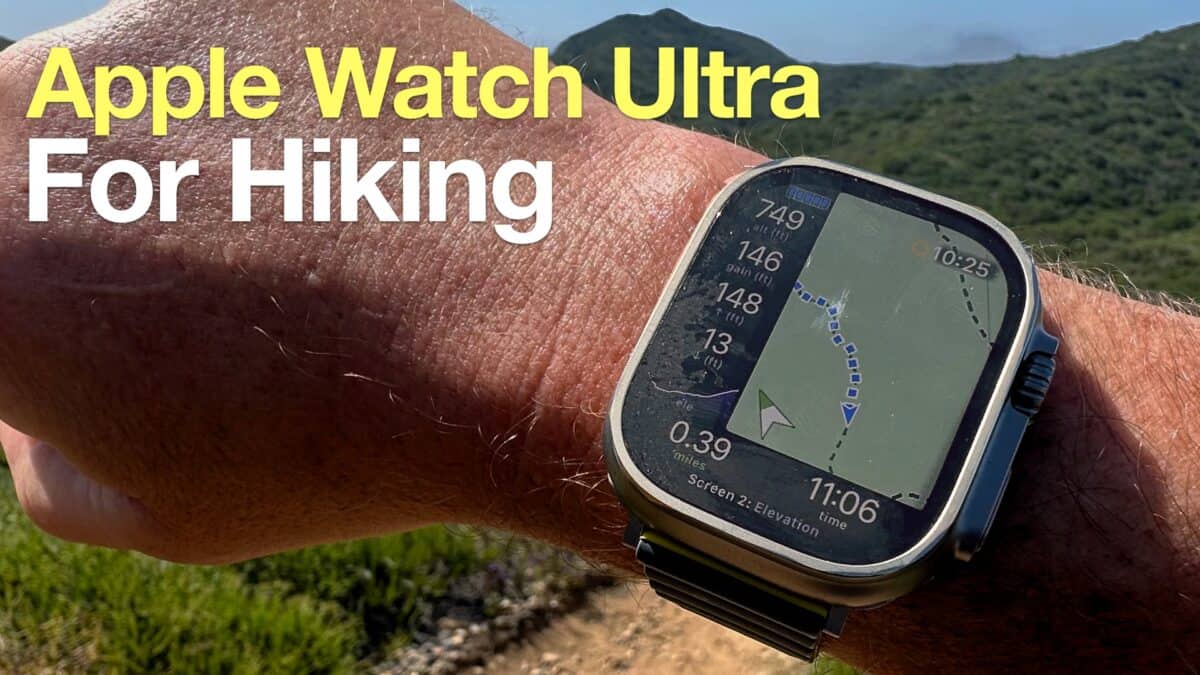 Using the Apple Watch for Hiking
Using the Apple Watch for Hiking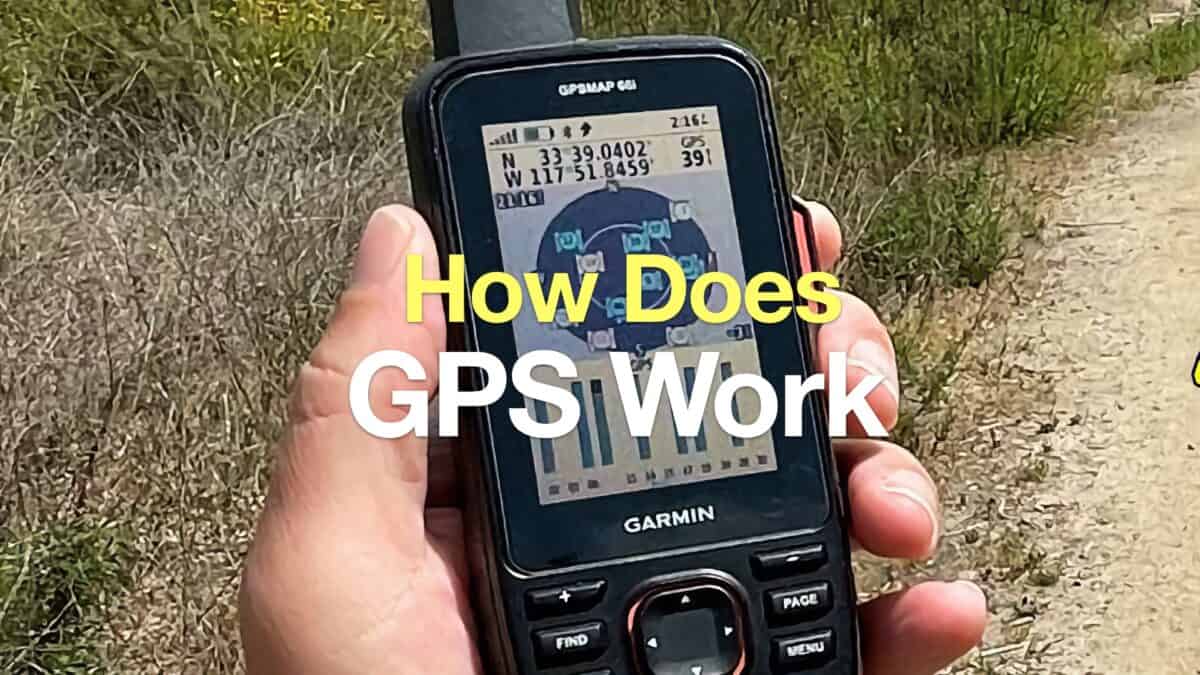 How Does GPS Work? GPS for Dummies
How Does GPS Work? GPS for Dummies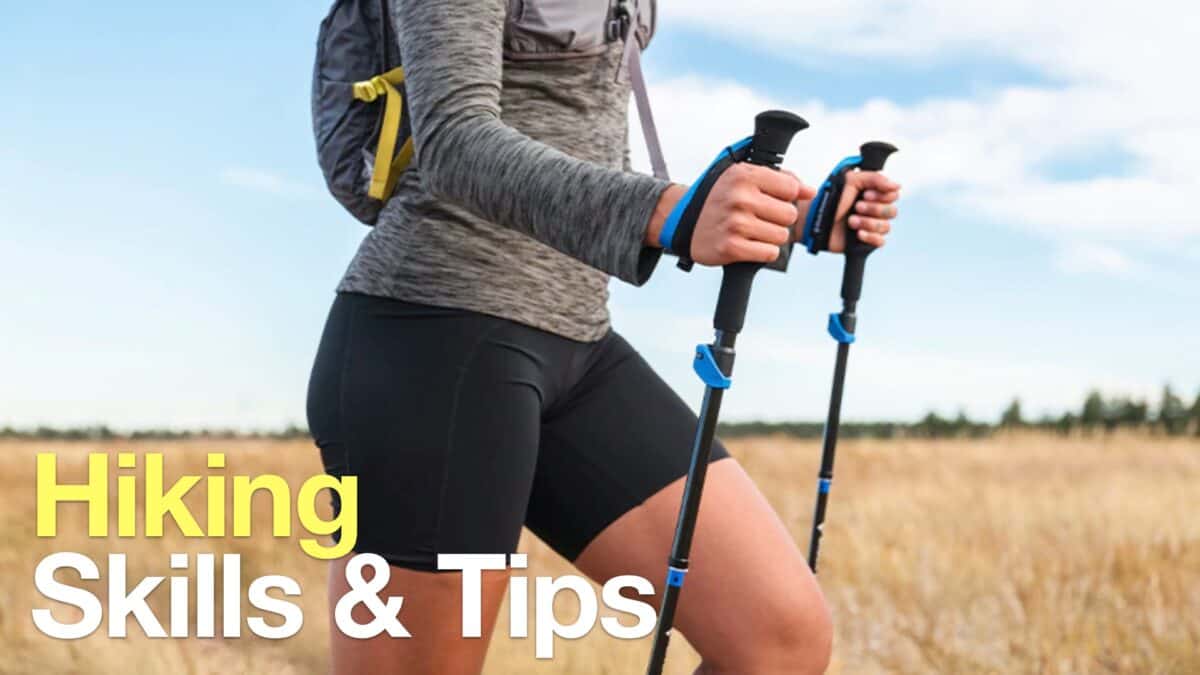 How to Hike
How to Hike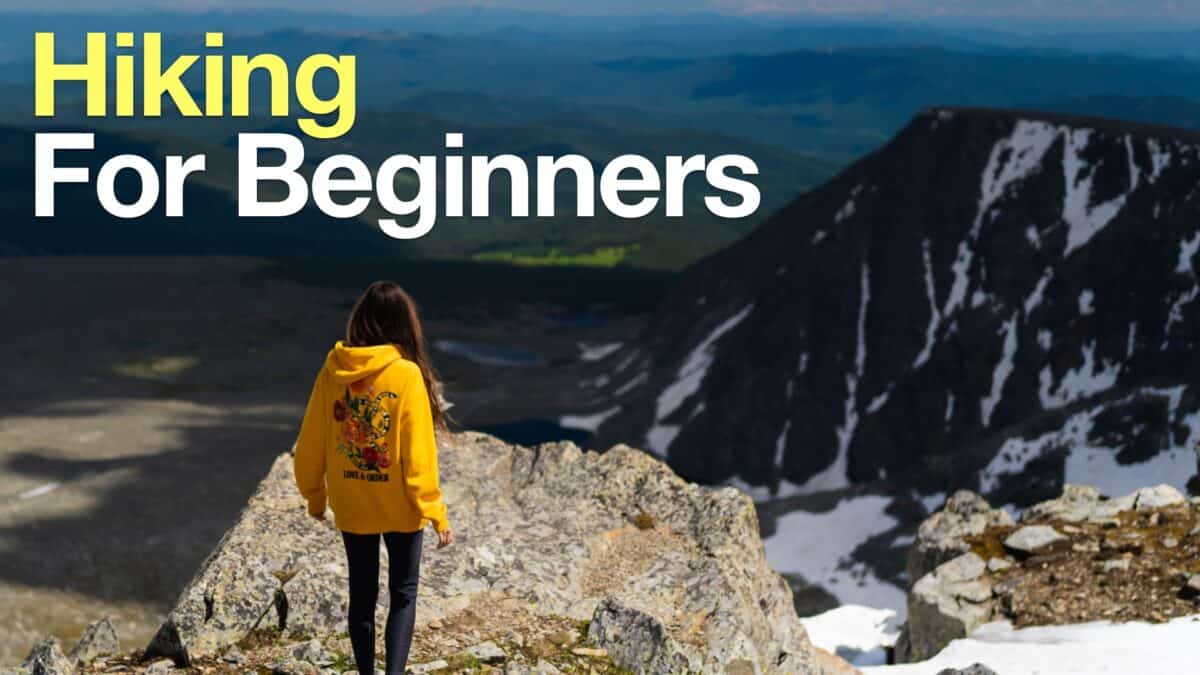 How To Get Started Hiking
How To Get Started Hiking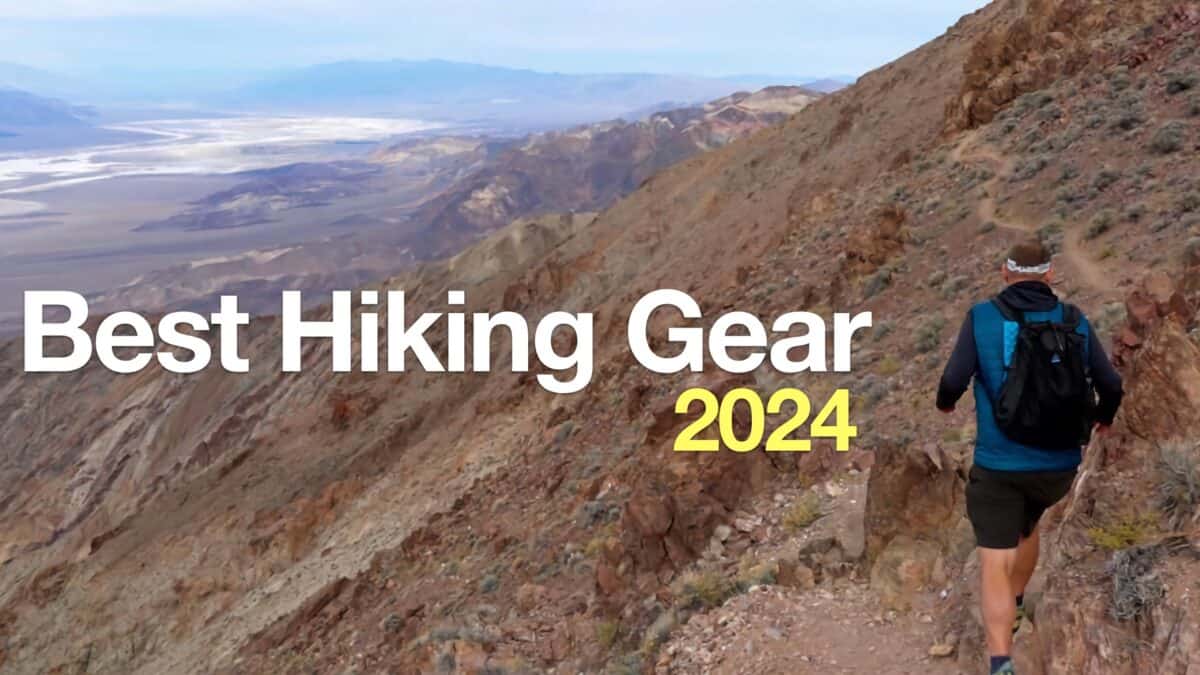 Best Hiking Gear 2024
Best Hiking Gear 2024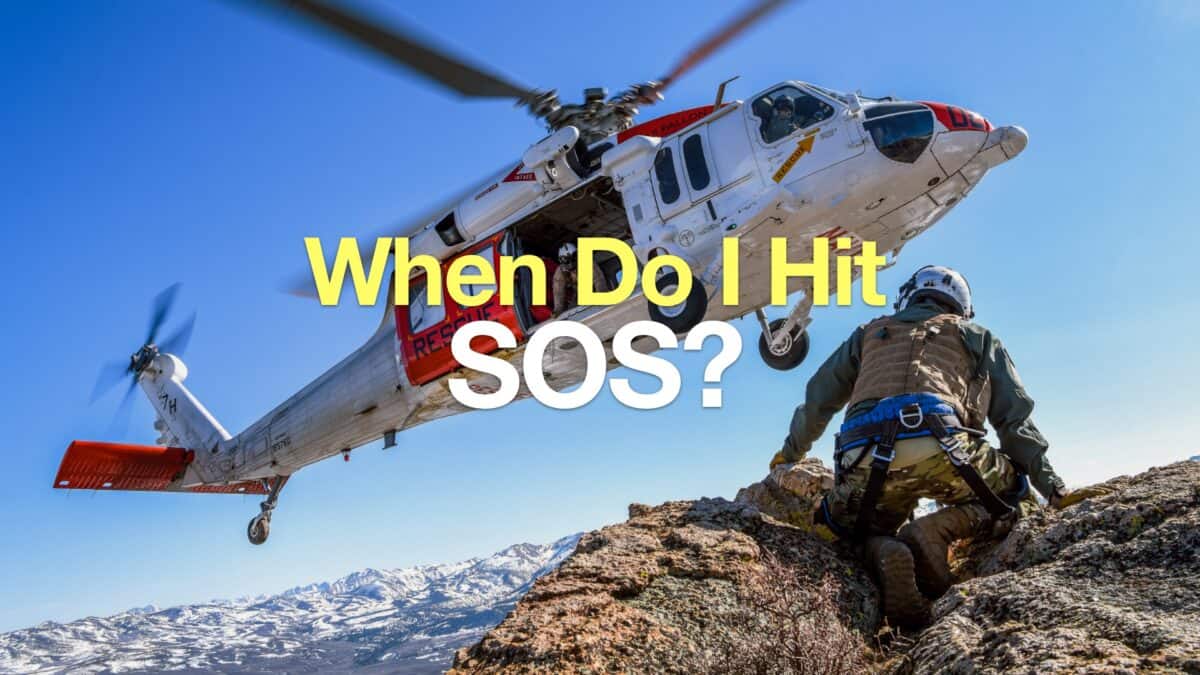 When to Hit SOS on inReach
When to Hit SOS on inReach